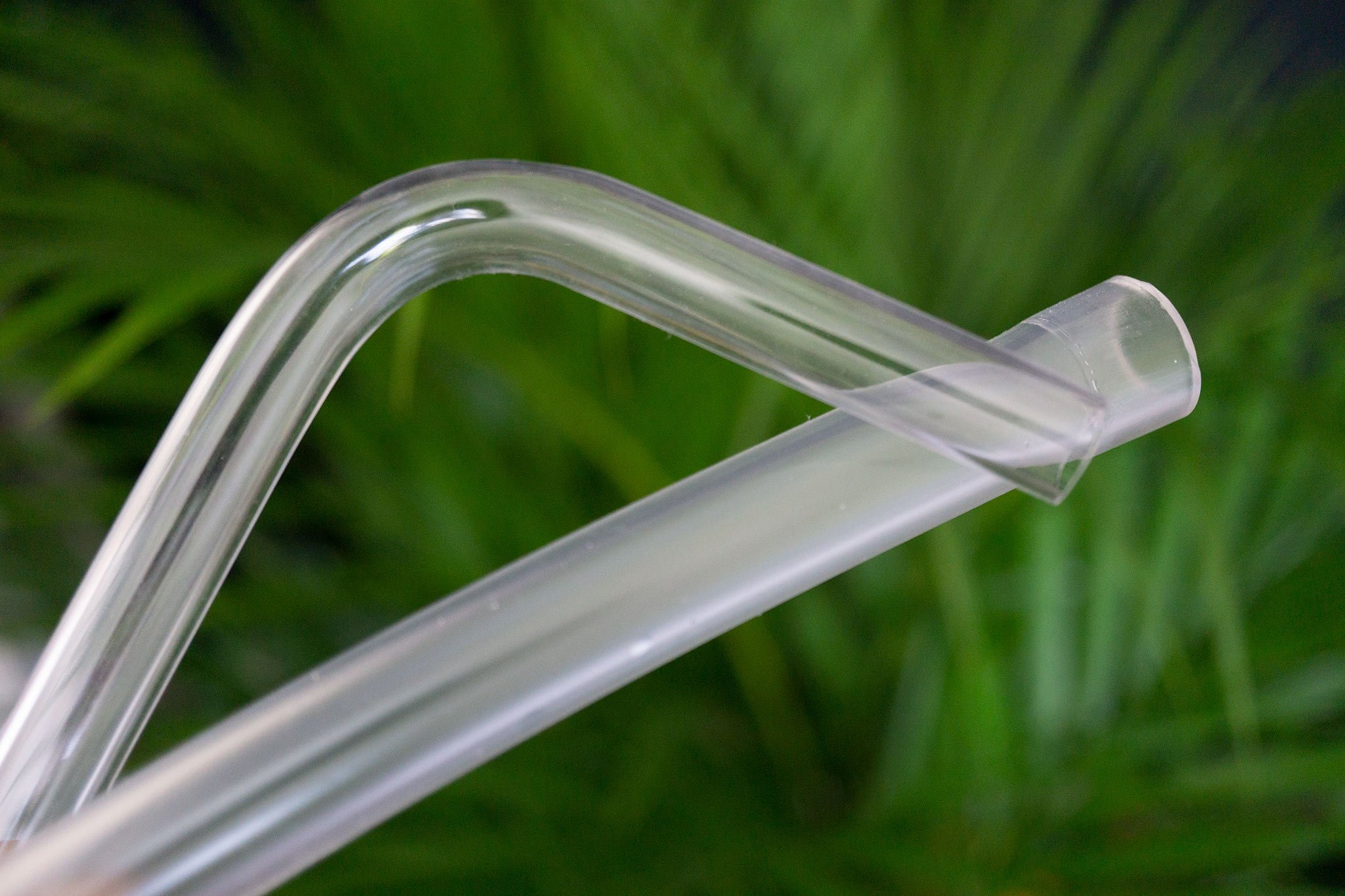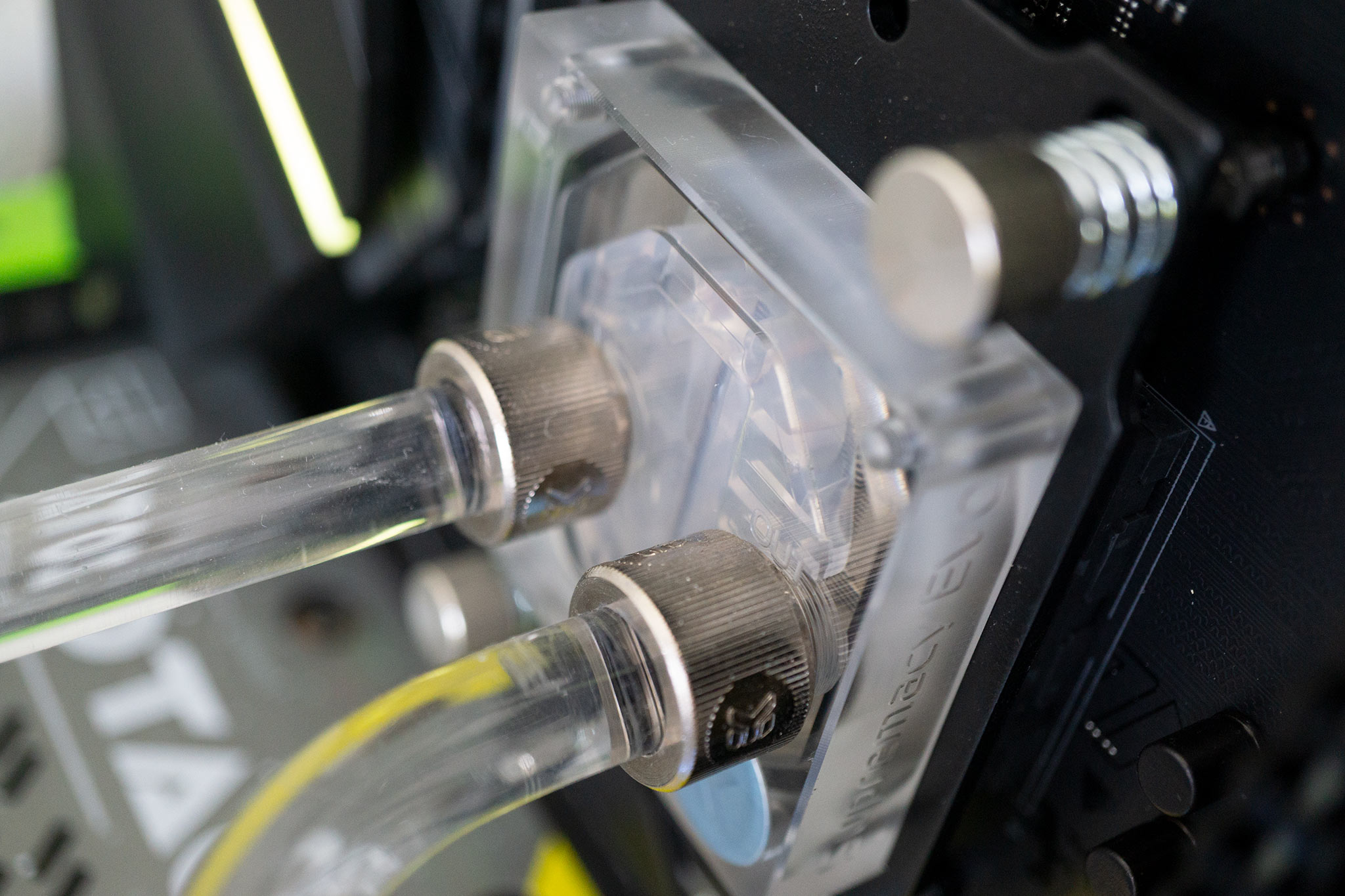Differences between soft and hard tubes for PC water cooling
There are positives and negatives to both soft and hard tubing when it comes to PC water cooling. Here's what you need to know.

An important decision to make when looking at creating your very own water-cooling loop inside your PC is the type of tubing to use. There are two types available, both with unique properties and applications. Soft tubing is flexible and easier to install but is more difficult to shape and create clean looking systems, while harder tubing is more difficult to get right but can lead to some seriously beautiful results.
Here's what you need to know about both options.
Making bends in soft tubes for PC water cooling

Softer tubing like PVC is an ideal option for beginners to make custom water-cooling loops. Not only is this type of tubing more affordable than harder materials, but it's also vastly easier to handle; simply cut the tubing and you're done. You don't need to use any complicated process to shape or cut the tubing and because you are required to use compression fittings, there's less likelihood of leaks.
The main downside is the potential issue with kinks, much like the experience with hose pipes in the backyard. There's also the risk of the plasticizer (which makes it bendy) leaking out and turn the tubing cloudy. If you're new to water-cooling, don't want to mess around with heating up and shaping hard tubes, or wish to build a system that can be easily reconfigured, go with soft tubing. It's also what we use on our testbench to make it a little easier to switch between sockets, water blocks, and it keeps it simple to flush.
Pros
- Easy to install
- More affordable
- Less prone to breakage
Cons
- Doesn't look quite as neat
- Can cloud over time
- Kinks in the tubing can restrict flow
Taking shape with hard tubes for PC water cooling

Harder (or rigid) tubing like glass, acrylic, carbon and the more popular PETG offer the possibility to create some stellar-looking systems. Unlike softer tubing, these choices are not flexible, which is where a major headache lies. You need to purchase a heat gun and specific cutting tools to not only cut to length but bend the tubing (if you're not going to rely on angled fittings). On the flipside, you're not going to have to deal with kinks and can work with a cleaner design.
It's also not possible to use compression fittings with harder tubing, which makes it more susceptible to leaks. But if you do everything right and ensure fittings are airtight, you're good to go.
Pros
- Can be shaped for unique designs
- No chance of any kinks
- Less susceptible to clouding
Cons
- Difficult to cut and shape
- More expensive
- Brittle and easier to break
It's all about aesthetics
Really, it's all down to how you want your system to look. Some prefer soft tubing, while others like spending hours on getting it just right with harder tubing. There's no real "correct" choice, and neither offers better cooling performance. It's all down to whether you wish to save some cash, time, and simply get the PC up and running. Just remember to check sizes, as you'll need to match this with blocks and fittings, as well as other components you need to hook up with the tubing.
All the latest news, reviews, and guides for Windows and Xbox diehards.

Rich Edmonds was formerly a Senior Editor of PC hardware at Windows Central, covering everything related to PC components and NAS. He's been involved in technology for more than a decade and knows a thing or two about the magic inside a PC chassis. You can follow him on Twitter at @RichEdmonds.
